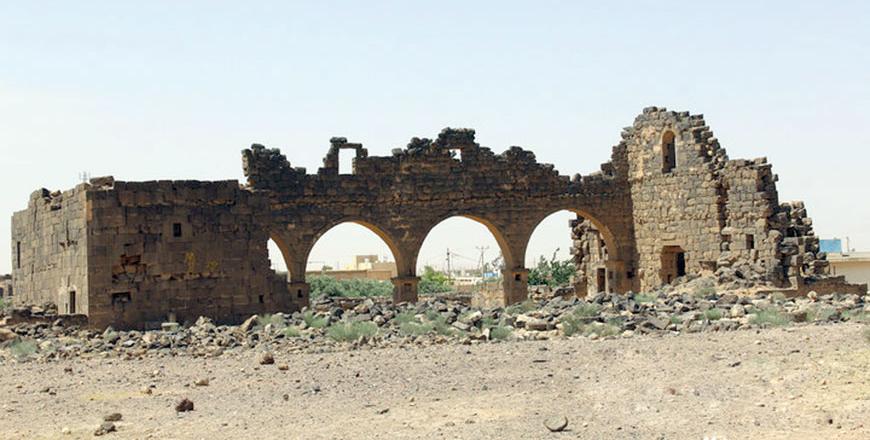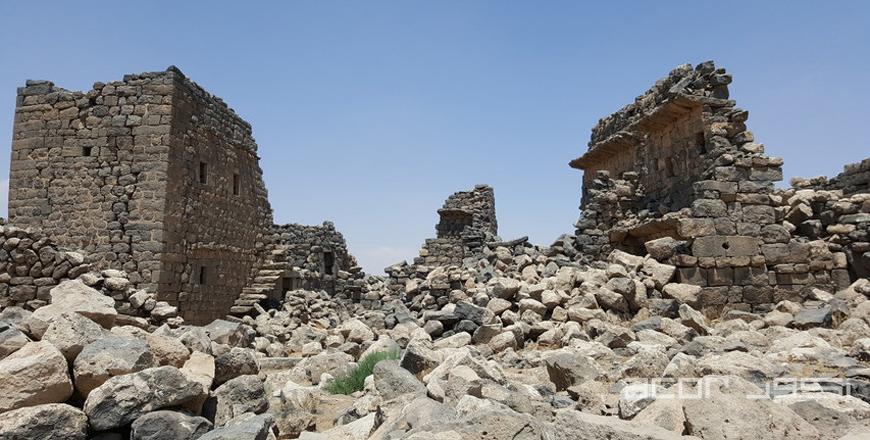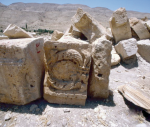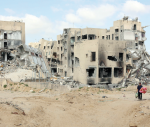You are here
Presentation examines typologies of Byzantine churches in Umm Al Jimal
By Saeb Rawashdeh - Aug 23,2022 - Last updated at Aug 23,2022

The remains of the West Church in Umm Al Jimal (Photo courtesy of ACOR)
IRBID — Umm Al Jimal in southern Jordan had a “strong ecclesiastical character” as testified by its 16 well preserved Byzantine churches, according to Darrell Rohl, professor of History and Archaeology from Calvin University.
During his presentation titled “Evaluating Typologies of Churches at Umm Al Jimal” during the 15th International Conference on the History and Archaeology of Jordan, which concluded recently in Irbid, Rohl said that the research focuses on the 400 to 800 AD period.
“We wanted to understand how these churches were embodied into the social fabric during the… transition from paganism to Christianity and the establishment of Islam,” Rohl said.
The scholars tended to reconstruct churches on site to explain why such large quantities of temples were erected in a relatively small town, he said.
Rohl noted that the visible ruins that give the site its distinctive character represent a combination of domestic and religious structures that are nestled within and around the remains of earlier Nabataean and Roman architecture.
He added that around 150 houses from the same period comprise the settlement.
The paper at the conference examined the typologies of churches, primarily the hall churches and basilicas, Rohl said.
A hall church is a church with a nave and aisles of approximately equal height, while a basilica is based on a Roman building-type with a clerestory nave, two or more lower lean-to aisles on each side of the nave, and an apse at the end of the nave, he elaborated.
“How and why does it matter if a church is of the hall or basilica type?” the historian asked.
Multiple typologies are presented, and each church is categorised within the typological system in comparison with other churches across the Late Roman and Byzantine periods, and key insights and limitations of each typology are highlighted, Rohl said.
However, no single typology offers the best way to view the role of Umm Al Jimal’s churches within the life of its ancient community, which demonstrates how multiple typologies considered together can offer the greatest insight, Rohl concluded.
Related Articles
AMMAN — Three historic stones from one of Umm Al Jimmal’s churches were recently uncovered by the Department of Antiquities (DoA). Amer
AMMAN — Located between Mafraq and Jerash, Rihab is a village with an exceptional historical and archaeological importance.
IRBID — Ancient Abila, located about 12km northeast of Irbid, is a case study for scholars who want to track pilgrim itineraries in the Late




















